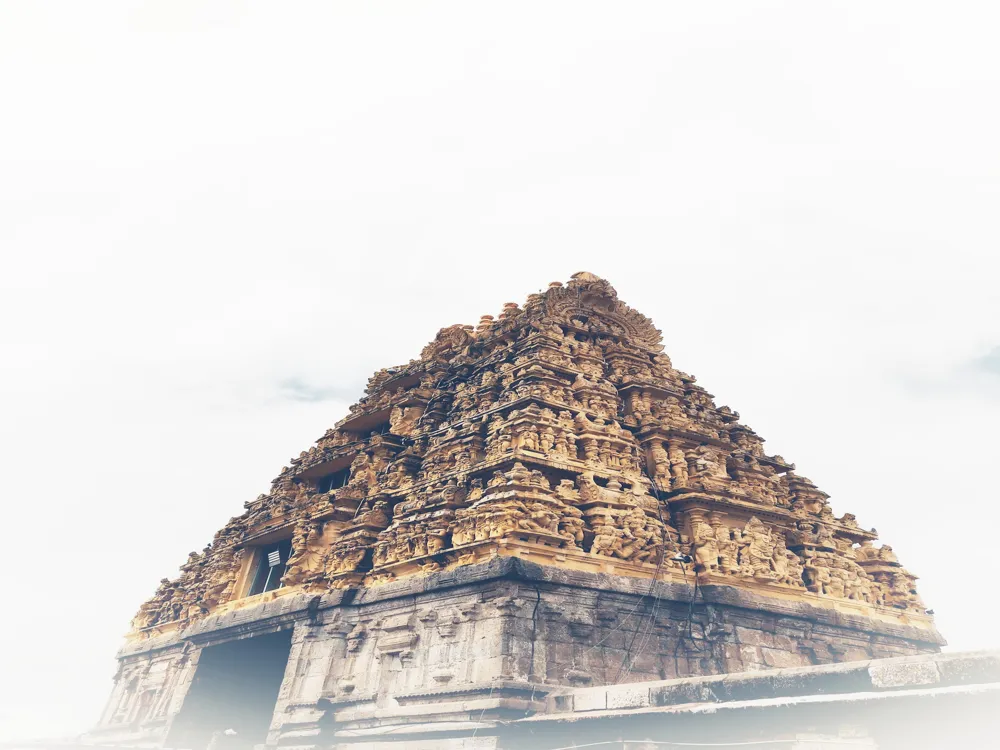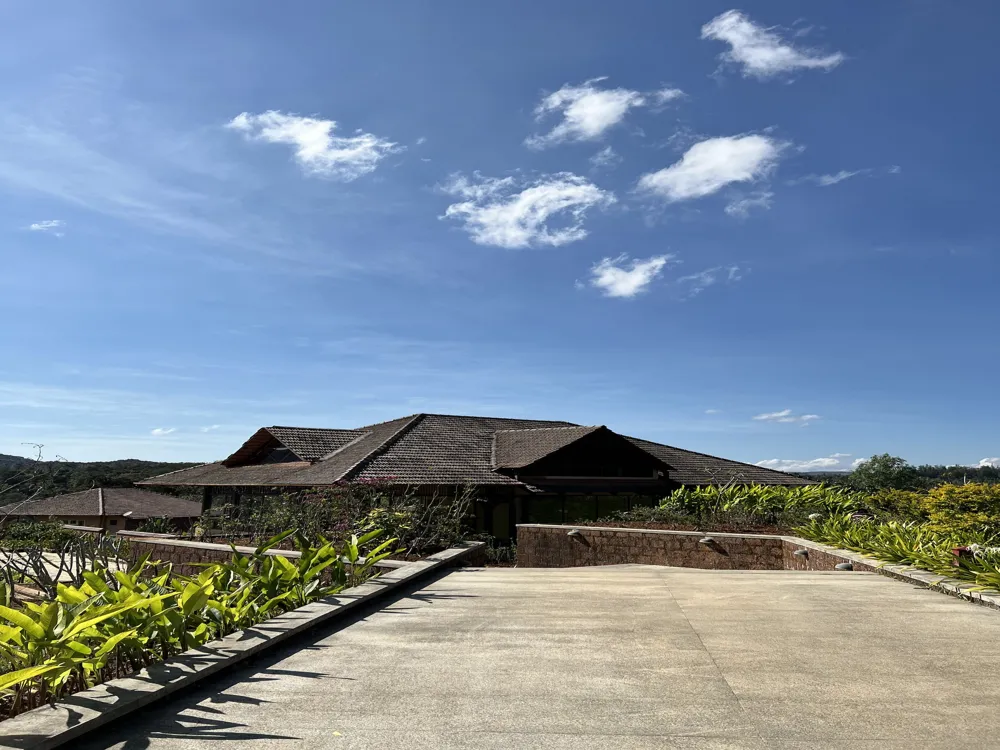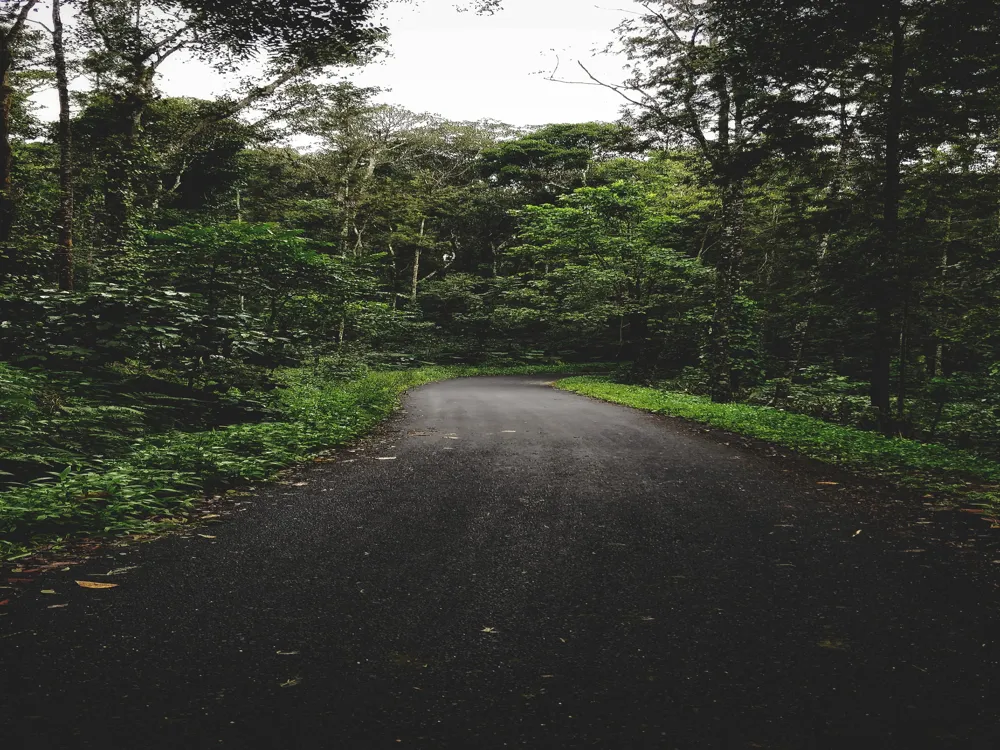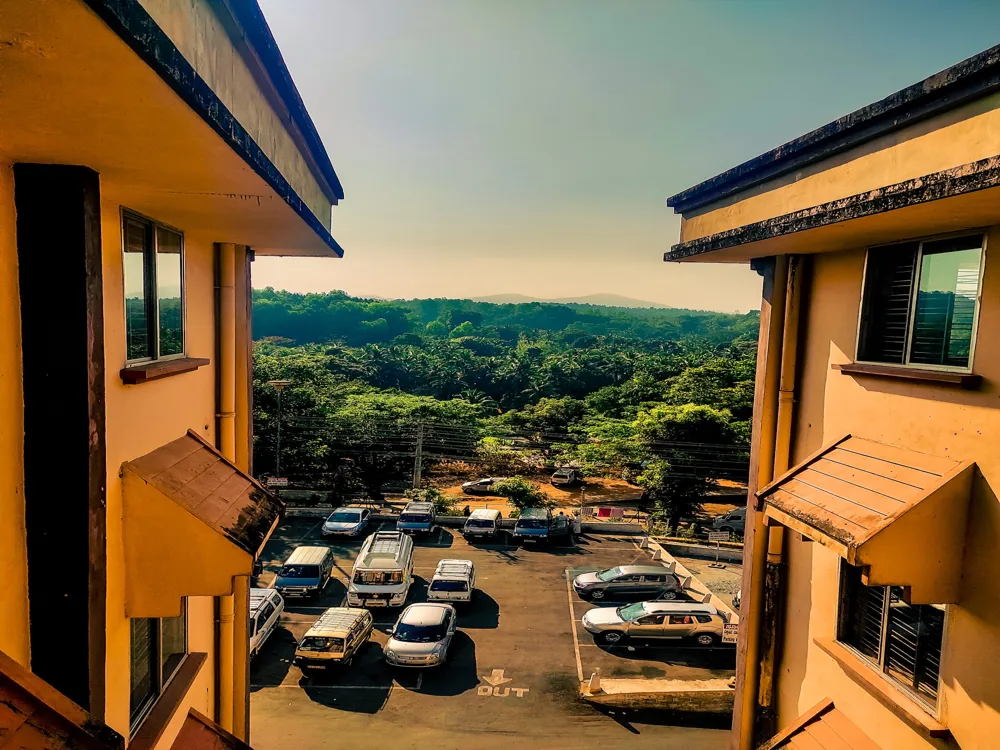Halebid, a historic city in Karnataka, India, is a treasure trove of architectural wonders and cultural heritage. Once the regal capital of the Hoysala Empire in the 12th century, this city, also known as Halebidu or Halebeedu, meaning 'old city', stands as a testament to the rich history and architectural prowess of ancient India. The city is predominantly known for its stunning collection of temples and ruins, which are intricately carved and beautifully preserved. Visitors to Halebid are immediately transported back in time, as they walk among the ancient structures that speak volumes of the city's former grandeur.
The Hoysalas, who ruled over this region, were great patrons of art and architecture, a fact that is evident in the elaborate temples and structures that dot the city. The most notable among these is the Hoysaleswara Temple, dedicated to Lord Shiva. This temple is a masterpiece of Hoysala architecture and is famed for its detailed carvings and sculptures that depict various Hindu deities, sages, stylized animals, and scenes from the epics of Ramayana and Mahabharata. The temple's construction began in the 12th century under King Vishnuvardhana and continued for several decades. Despite being incomplete, it stands as a majestic example of the era's architectural brilliance.
The architecture of Halebid is a remarkable showcase of the skill and artistry of the Hoysala craftsmen. Characterized by intricate carvings, detailed friezes, and ornate pillars, the structures in Halebid are fine examples of the Hoysala architectural style. This style is known for its unique form of detailed decoration and the use of soapstone, a soft stone that allows for intricate carvings.
The temples in Halebid are built on star-shaped platforms, a signature style of Hoysala architecture. This design not only adds to the aesthetic appeal but also provides more wall space for the elaborate sculptures and friezes. The walls of these temples are covered with an endless variety of depictions from Hindu mythology, animals, birds, and dancing figures. Unlike the straight and rigid lines seen in the North Indian temples, the architecture here is characterized by its softness and fluidity, with no space left undecorated.
The ideal time to visit Halebid is from October to March when the weather is pleasant and conducive for exploration. Summers can be quite hot, making it challenging to spend long hours outdoors. As Halebid is a place of historical and religious significance, it is advisable to dress conservatively. Comfortable footwear is recommended as the site involves a lot of walking. To fully appreciate the rich history and architecture of Halebid, consider hiring a local guide. They can provide in-depth information about the site's history and the significance of the sculptures and carvings.
Halebid is well-connected and can be easily reached by various means of transportation. The nearest airport is in Mangalore, about 168 kilometers away. From there, one can hire a taxi or take a bus to Halebid. If traveling by train, the nearest railway stations are in Hassan, about 31 kilometers away, and Mysore, which is about 149 kilometers away. Regular bus services from major cities like Bangalore, Mysore, and Hassan are also available to reach Halebid. For those who prefer to drive, the roads leading to Halebid are well-maintained, offering a scenic journey through the countryside of Karnataka.
Overview of Halebid, Karnataka
Architecture of Halebid
Tips When Visiting Halebid
Best Time to Visit
Dress Appropriately
Hire a Guide
How To Reach Halebid
Hoysaleswara Temple
Halebid
Karnataka
NaN onwards
View halebid Packages
Weather :
Label : Must Visit
Tags : Temple
Timings : Temple - 6:30 AM to 9:00 PM
Museum - 9:00 AM to 5:00 PM, Monday to Friday
Time Required : 2-3 hrs
Dress Code : Women - Ethnic clothes only. Sarees or kameez allowed
Men - Panche or pants allowed
Active Temple : No
Planning a Trip? Ask Your Question
Also Refered As:
Halebidu Temple
Halebid Travel Packages
View All Packages For Halebid
Top Hotel Collections for Halebid

Private Pool

Luxury Hotels

5-Star Hotels

Pet Friendly
Top Hotels Near Halebid
Other Top Ranking Places In Halebid
View All Places To Visit In halebid
View halebid Packages
Weather :
Label : Must Visit
Tags : Temple
Timings : Temple - 6:30 AM to 9:00 PM
Museum - 9:00 AM to 5:00 PM, Monday to Friday
Time Required : 2-3 hrs
Dress Code : Women - Ethnic clothes only. Sarees or kameez allowed
Men - Panche or pants allowed
Active Temple : No
Planning a Trip? Ask Your Question
Also Refered As:
Halebidu Temple
Halebidu Temple
Halebid Travel Packages
View All Packages For Halebid
Top Hotel Collections for Halebid

Private Pool

Luxury Hotels

5-Star Hotels

Pet Friendly




















